Ordering Principles
Exploring history, architectural practice, and its discourse as a starting point work is made responding to the research and material exploration. Working with sculpture and projection, utilising architectural forms, processes and building materials, to consider every element of the work and the materials through the lens of the subject. Between investigation and observing historic layers to reveal the palimpsests within the structures the work aims to articulate and document a place and its history.
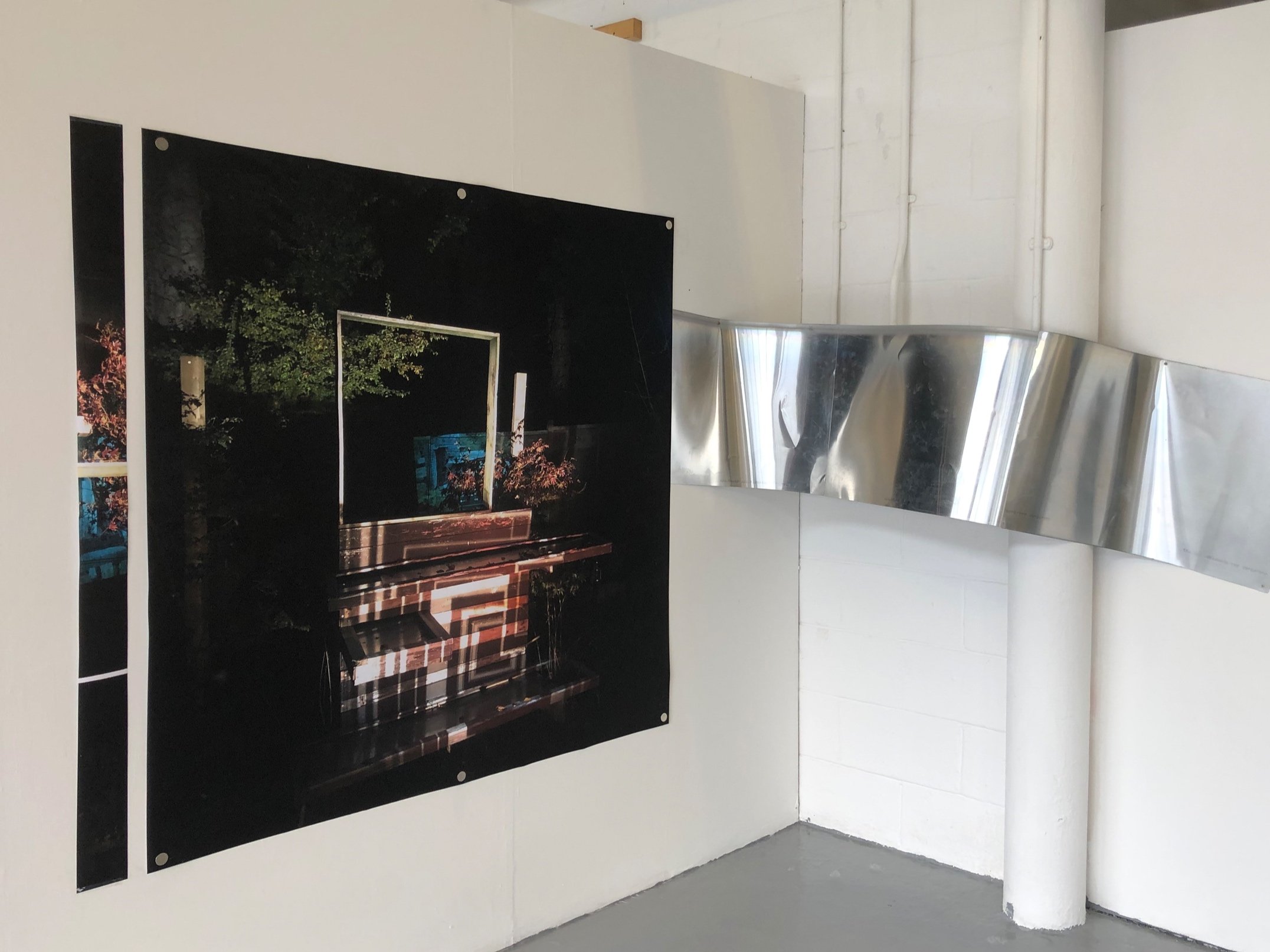

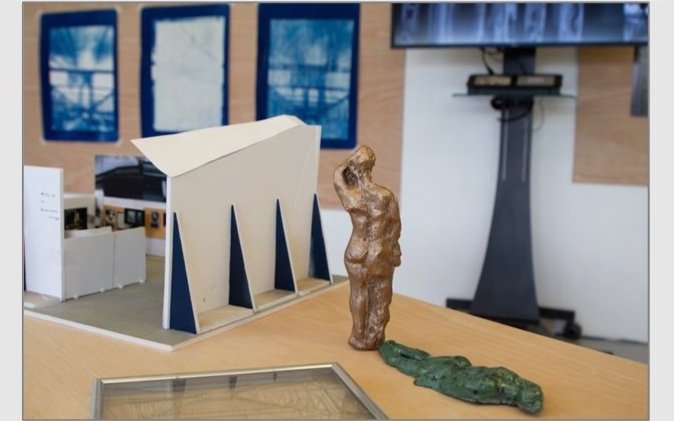

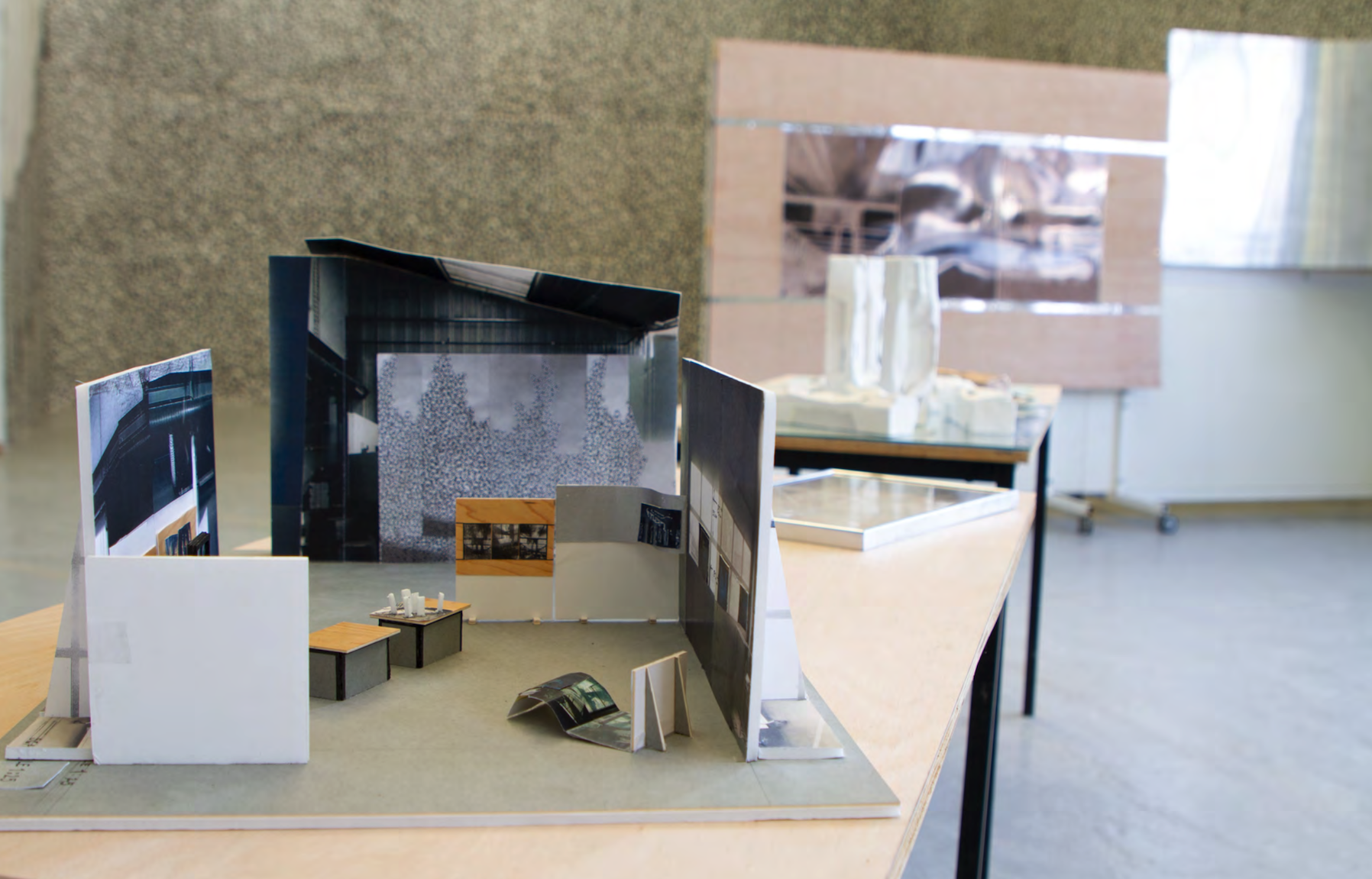
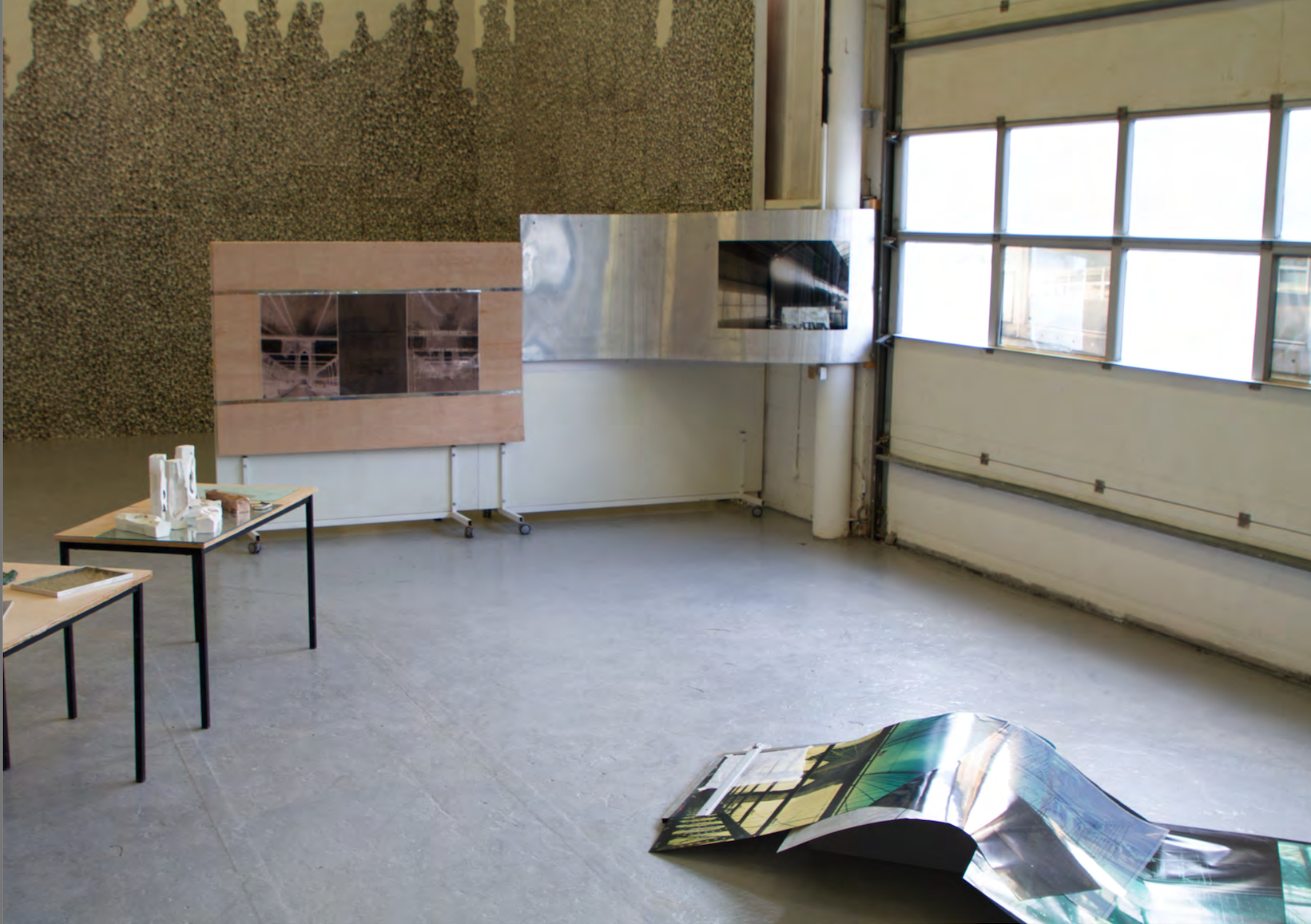
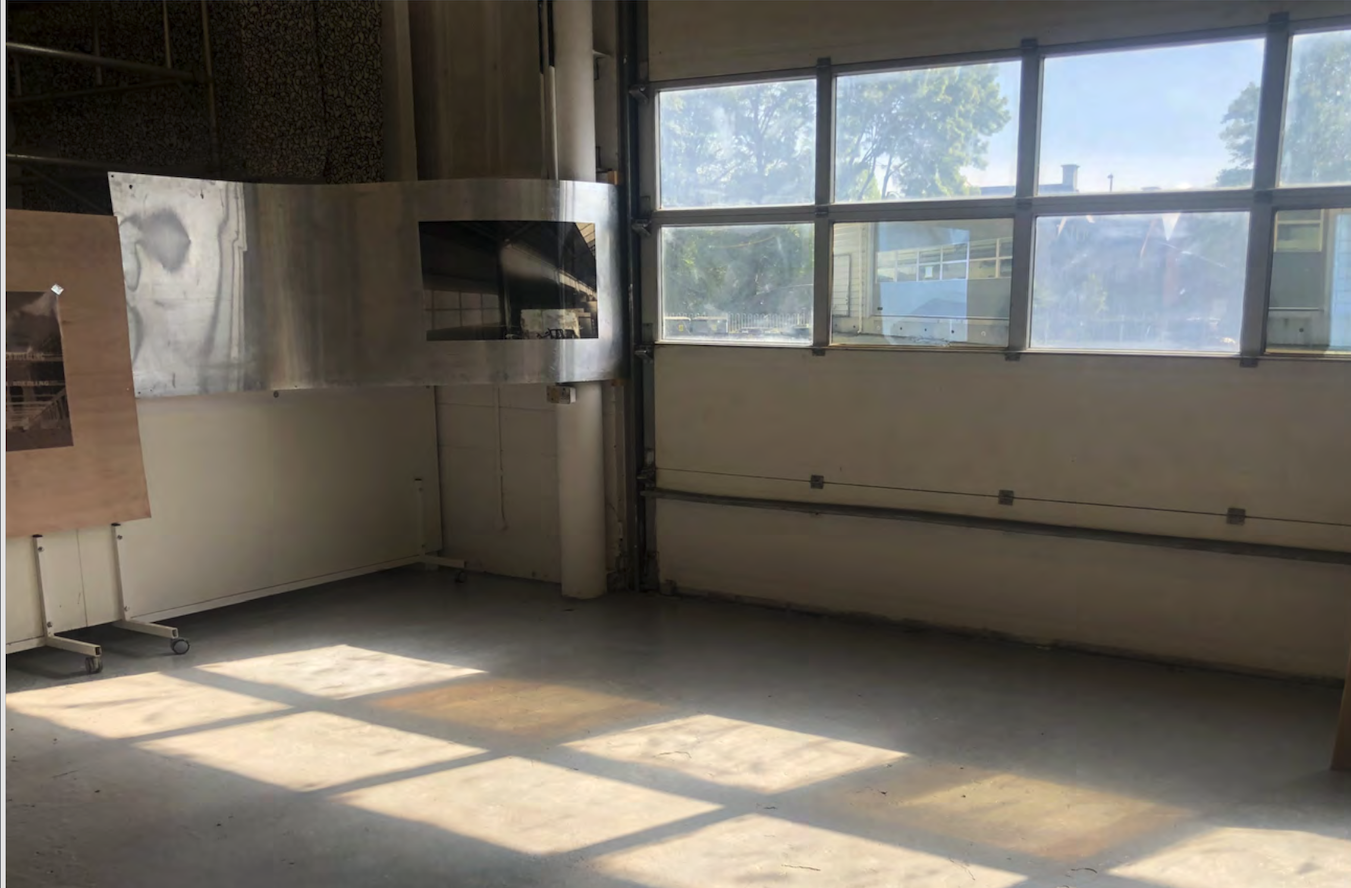


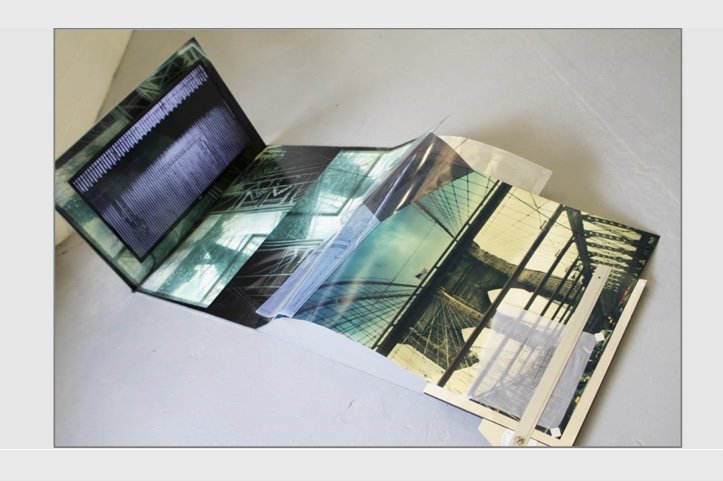


References
Buck- Morss, S. (1989). The Dialects of Seeing Walter Benjamin & the Arcades Project. London: MIT Press
Caro, R. (2019). Robert Moses and the Fall of New York. London: Bodley Head Publishing.
Ching, F. D. K. (1996). Architecture: Form, Space & Order, 2nd Edition. New York: Van Nostrand Reinhold.
Debord, G. (1967). Society of The Spectacle. London: Rebel Press
Deutinger, T. (2018). Handbook of Tyranny. 2nd edition. Zürich: Lars Müller Publishers,
Essen, M. (2019). Consider a Cooperative - Modern Clay Artlicks Publication
Hatherley, O. (2019). Militant Modernism. London: Watkins Publishing
Hern, L. (2020). Feminist City - Claiming Space in A Man’s World. New York: Verso Books
Jacobs, J. (1961). The Death and Life of Great American Cities. New York: Random House.
Stuart, A, J. (1998) GENDER RECONFIGURED: Emily Roebling and the Construction of the Brooklyn Bridge, Architectural Theory Review, 3:1, 23-341
Walker, J (2000). Women and architecture. A View from the Interior Feminism. Women and Design. 7(1).
Wigley, Mark. (2009). 'Anarchitectures: The Forensics of Explanation.’ Log, no. 15, pp. 121-136. JSTOR,